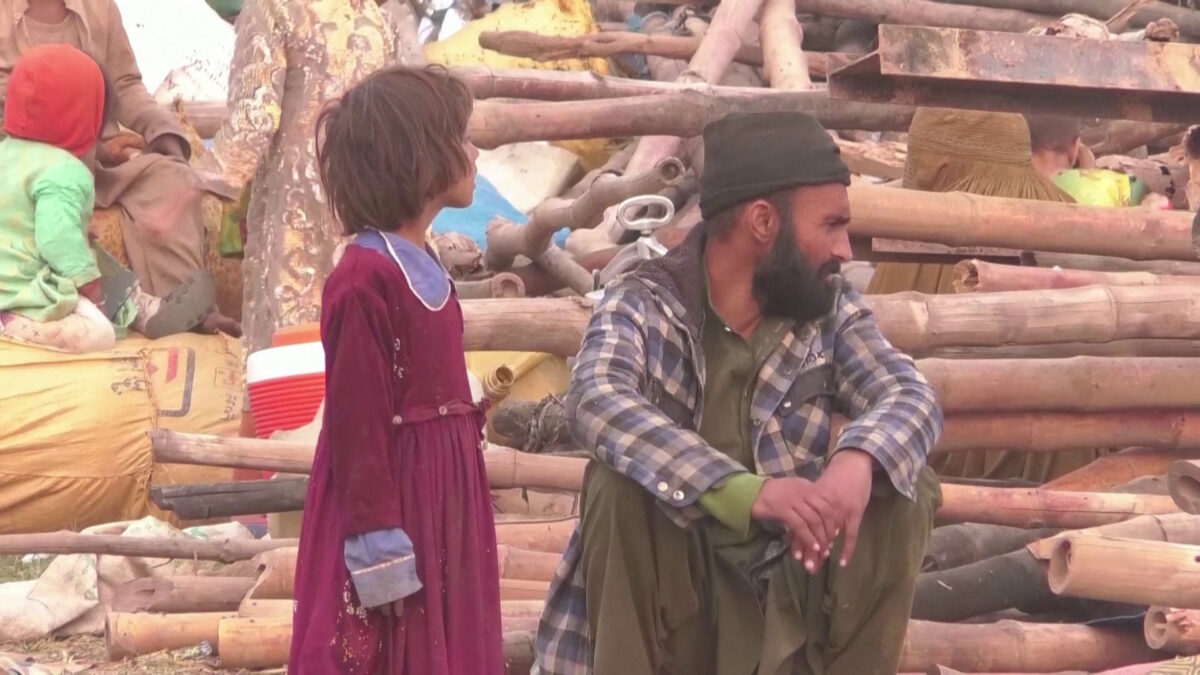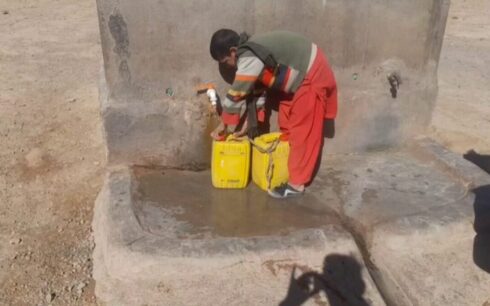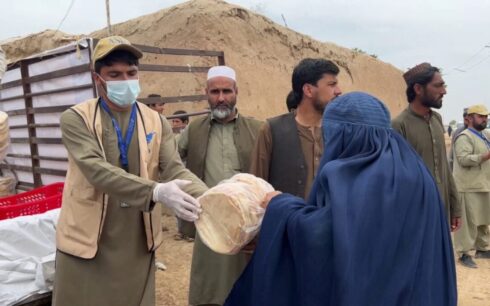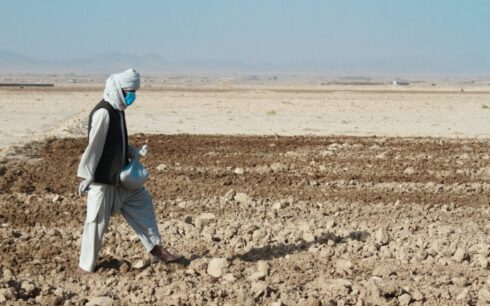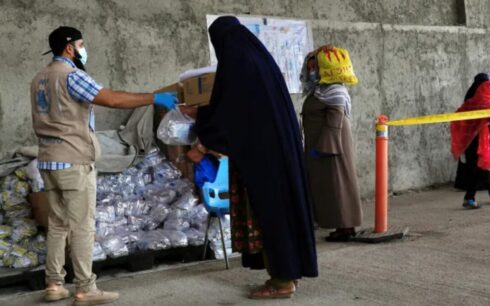Humanitarian organizations including NRC, DRC, and IRC are sounding the alarm as they witness a significant influx of Afghan returnees from Pakistan following the Pakistani government’s directive for all undocumented migrants to depart by November 1 or risk deportation.
The daily number of arrivals has surged from an average of about 300 individuals per day to now between 9,000 and 10,000 individuals, potentially affecting up to 1.7 million people.
Conditions upon their return to Afghanistan are dire, with many having endured arduous journeys spanning several days, exposed to the elements, and often forced to part with their possessions in exchange for transportation.
Teams from these organizations stationed in areas where returnees are arriving have reported chaotic and desperate scenes among those who have returned. For many, leaving their temporary refuge in Pakistan was not a choice but a rushed necessity. One deported Afghan in Afghanistan’s Nangarhar province lamented, “I am stressed and worried about what to do now. We used to sell tea in Pakistan, but what can we do here? There are no job opportunities in Afghanistan, and I don’t have any property or house here.”
NRC, DRC, and IRC express grave concerns about the survival and reintegration prospects of the returnees into Afghan society, especially with winter approaching.
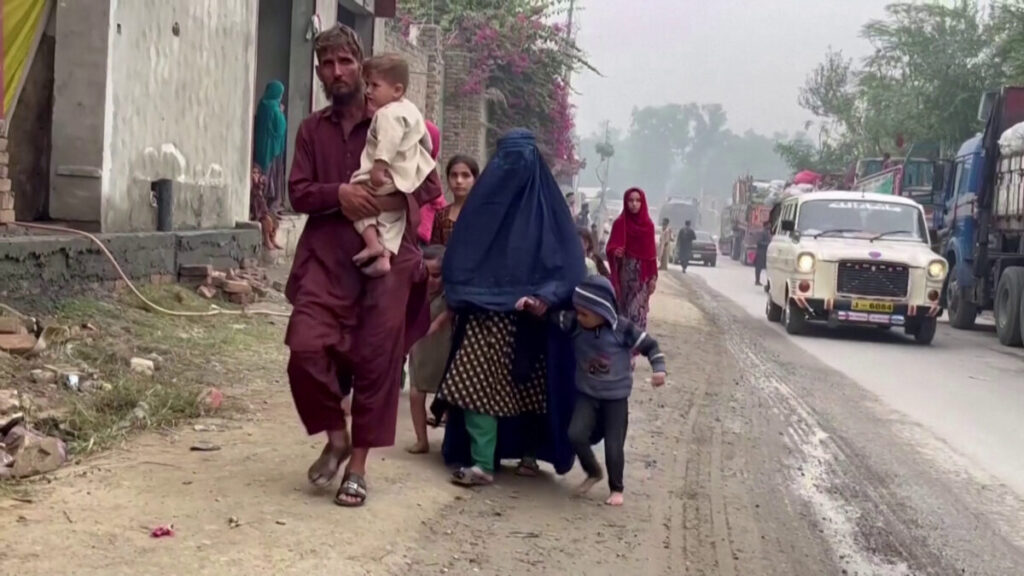
Neil Turner, NRC’s country director in Afghanistan, stated, “The recent surge of Afghans returning from Pakistan has overwhelmed our resources and the fragile infrastructure in Afghanistan. People arrive in terrible condition, having often sold what little they had to pay for the journey. We are deeply concerned about their well-being as well as the strain it places on our already stretched humanitarian efforts.”
Zia Mayar, DRC’s interim country director in Afghanistan, added, “Our teams are on the ground witnessing the desperation of those returning to a country already grappling with immense challenges, and with no house or land to go back to. The Afghan people need increased support at a time where funding is sharply decreasing. We call on the international community to act swiftly to address this unfolding crisis.”
Salma Ben Aissa, IRC’s country director in Afghanistan, emphasized, “The situation in Afghanistan is dire. With an existing population of over six million internally displaced individuals living in dire conditions, the Afghans returning from Pakistan face a bleak future, particularly for those who have been living in Pakistan for decades. We urgently need international support to provide shelter, food, and healthcare for these vulnerable people.”
Afghanistan, still reeling from decades of conflict, recent devastating earthquakes, and a crippling economic crisis, has little to offer those who return, leaving them with few prospects to rebuild their lives. Long-term sustainable solutions and much-needed development assistance are vital to end the humanitarian crisis, but they are currently underfunded by international donors.
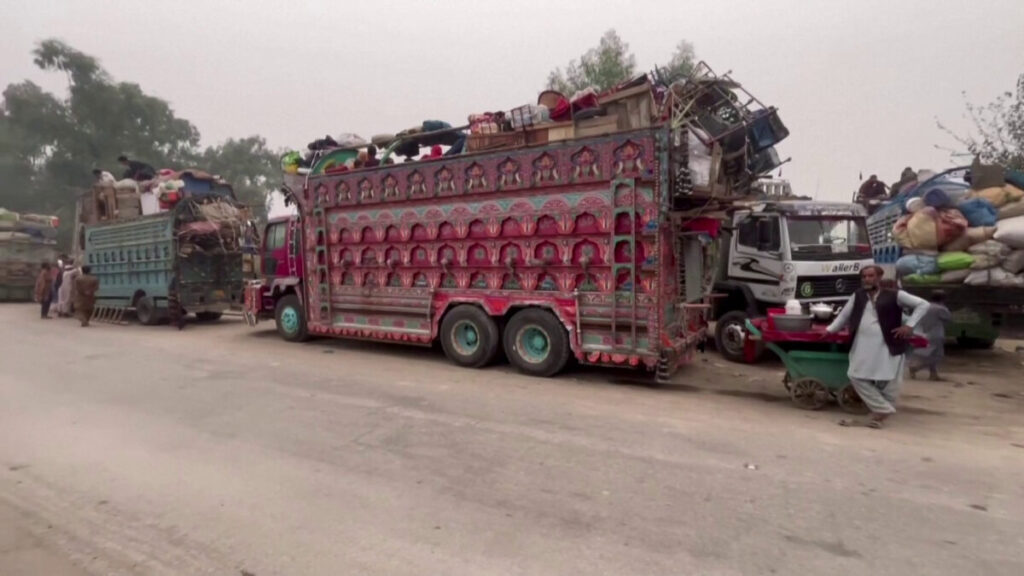
Out of the estimated 4.4 million Afghan refugees in Pakistan, 1.73 million lack legal documents to stay. UNHCR issued a non-return advisory to Afghanistan in August 2021, renewed in February 2023, calling for a halt to forced returns of Afghan nationals, including rejected asylum seekers.
According to the International Organization for Migration (IOM), the daily number of returnees from Pakistan to Afghanistan now ranges between 9,000 and 10,000 individuals.
The Regional Refugee Response plan, aimed at supporting 7.3 million Afghans hosted in neighboring countries, remains significantly underfunded at only 15.4% of the $613 million requested to meet the needs.
UN estimates suggest that over 29 million Afghans inside the country require humanitarian assistance, with 17.2 million people, 40 percent of the population, struggling to meet their basic food needs.
Critical funding gaps persist in aid operations in Afghanistan, with just 36 percent of the $3.2 billion appeal to help over 29 million people across the country funded as the end of the year approaches.

